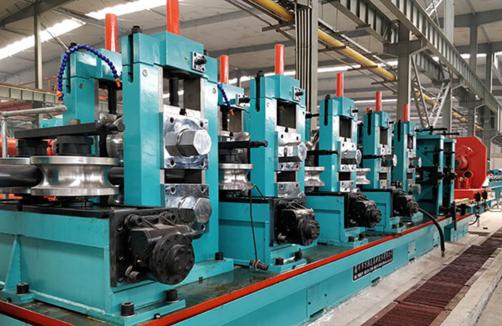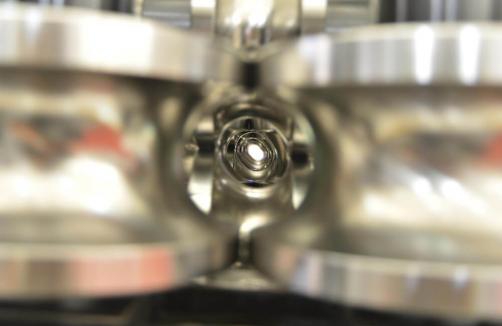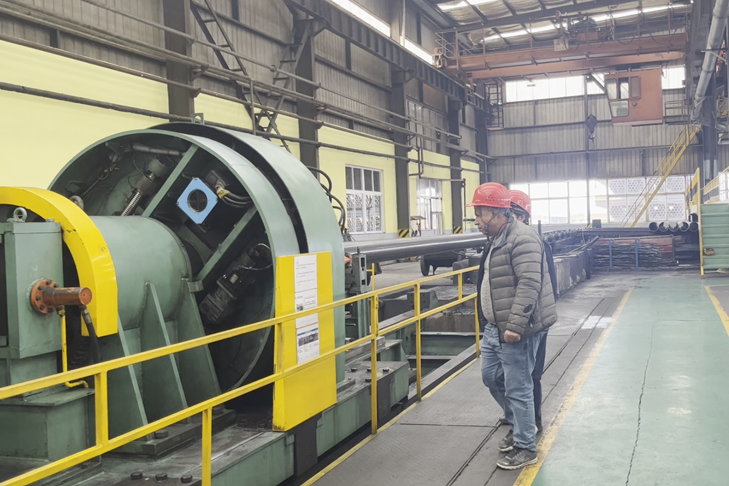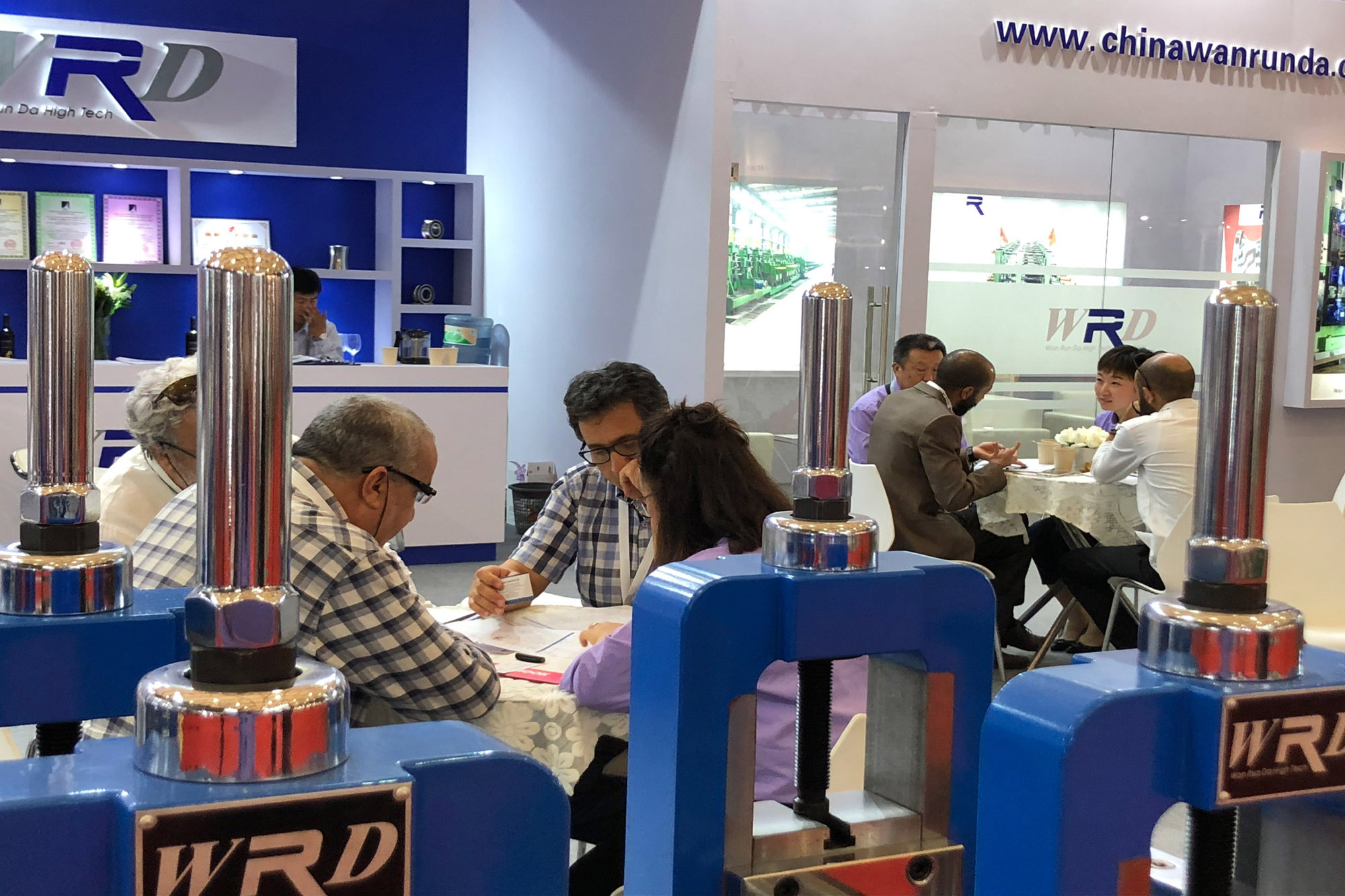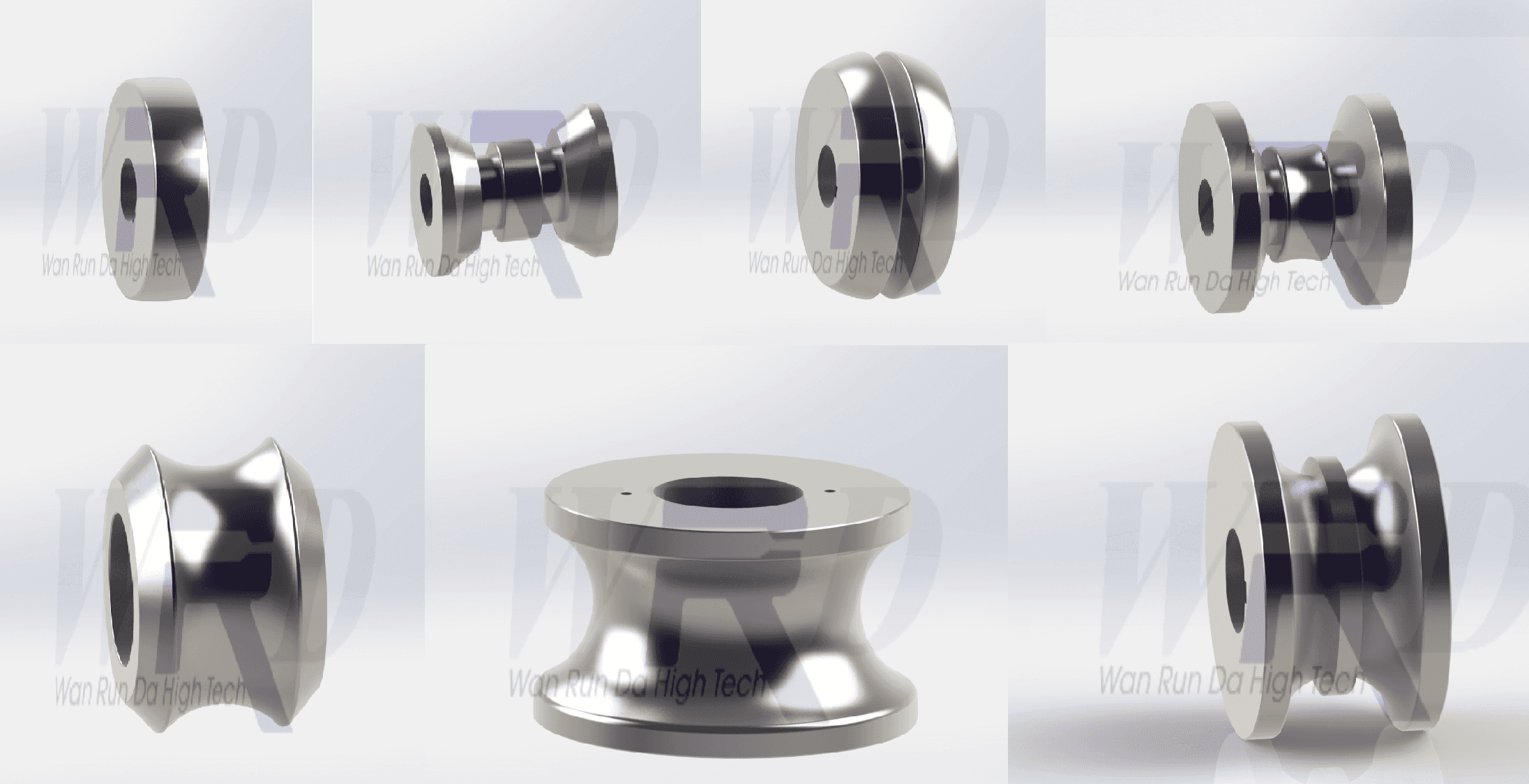
As the main tool in the production of welded pipe, the selection, use and maintenance of the roll material have an important impact on the life and economy of the roll. Once the roll is damaged and fragmented in use, it can only be scrapped, and some rolls are repaired by laser cladding welding, but it has not reached the ideal effect, which makes the cost of rolls remain high. Therefore, reasonable selection of materials and prolonging service life is an important way to reduce the cost of rolls.
Economics and Reasonable Selection of Different Roll Materials
Statistical analysis of service and life of three kinds of rolls used in HFW pipe production line
|
Service condition and lifetime of rollers |
|||||||
|
Material |
Specifications /mm |
Steel tube grade |
Average plate thickness/mm |
Damage frequency/time |
Scrapped years |
Average annual steel pipe capacity/ten thousand tons |
Producable steel quantity/ten thousand tons |
|
Cr12MoV |
Φ219, Φ610 |
More than X60 |
10 |
2 |
10 |
2.8 |
28 |
|
86CrMoV7 |
Φ508, Φ559 |
More than X60 |
14.3 |
4 |
8 |
3 |
24 |
|
9Cr2Mo |
Φ323, Φ406 |
More than X60 |
12.7 |
4 |
8 |
3 |
28 |
It can be seen from the table that the service life and damage frequency of 86CrMoV7 roll are better than 9Cr2Mo roll, but slightly worse than Cr12MoV roll. Cr12MoV rolls were broken twice during 10 years of service, while 86CrMoV7 and 9Cr2Mo rolls were damaged 8 times during 8 years of service.
Damage forms of rolls and Countermeasures
The main forms of roll damage in HFW pipe production line are normal wear and fragmentation.
Normal wear: Rollers in use are usually regularly tested with pass plates, and once the wear amount exceeds the limit, it will be discarded and replaced. In order to reduce the wear of rolls, reasonable pass and appropriate balanced extrusion amount of each sortie can be used to ensure the profile adjustment. At the same time, when the rolls are dismantled and ready for use, they are cleaned and maintained with anti-rust oil, so as to reduce the surface corrosion of the rolls and the edge cracking of the rolls.
Defect Damage in Roll Processing
In the process of rolling, if the internal crack defect of the roll is not found during forging, it will cause the roll to crack after being subjected to force in the process of using. To avoid such problems, flaw detection should be carried out after roll forging and heat treatment processes, and subsequent processing should be stopped immediately after cracks are found, so as to prevent defective rolls from being put into steel tube production.
In the use of rolls, the natural wear and abnormal damage of rolls are reduced by maintenance and balanced distribution of forces on each sortie. In the case of cracking blocks on the inner edge of the upper roll and the upper edge of the side extrusion roll, the service life of rolls can be prolonged by repairing the inner edge ring of the roll and increasing the thickness of the upper edge of the side extrusion roll, and the production cost can be reduced.

